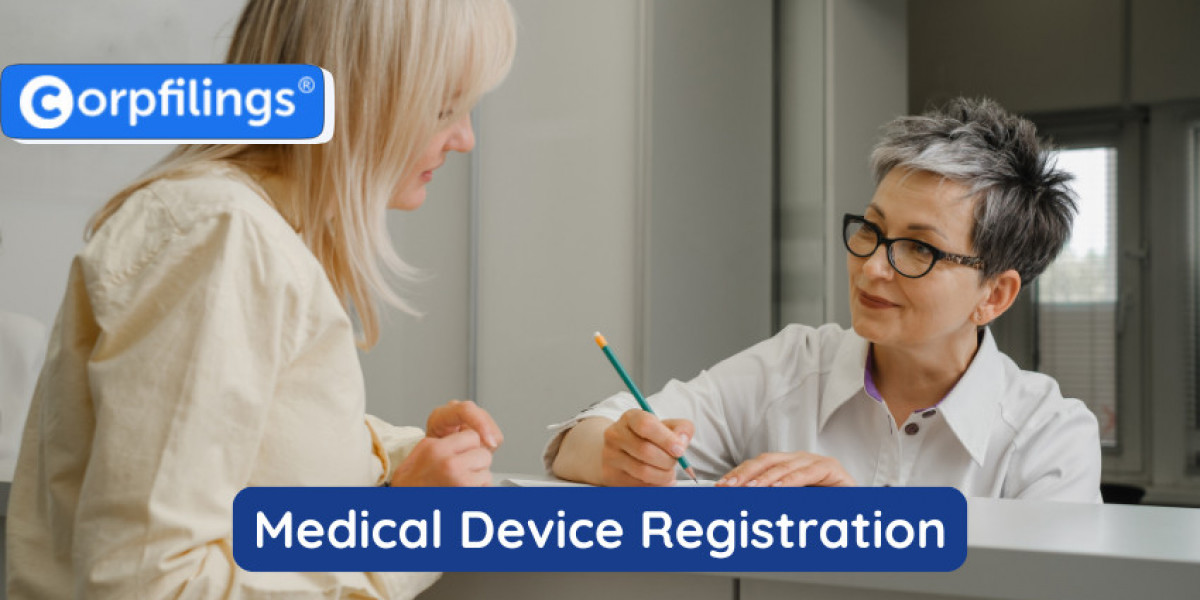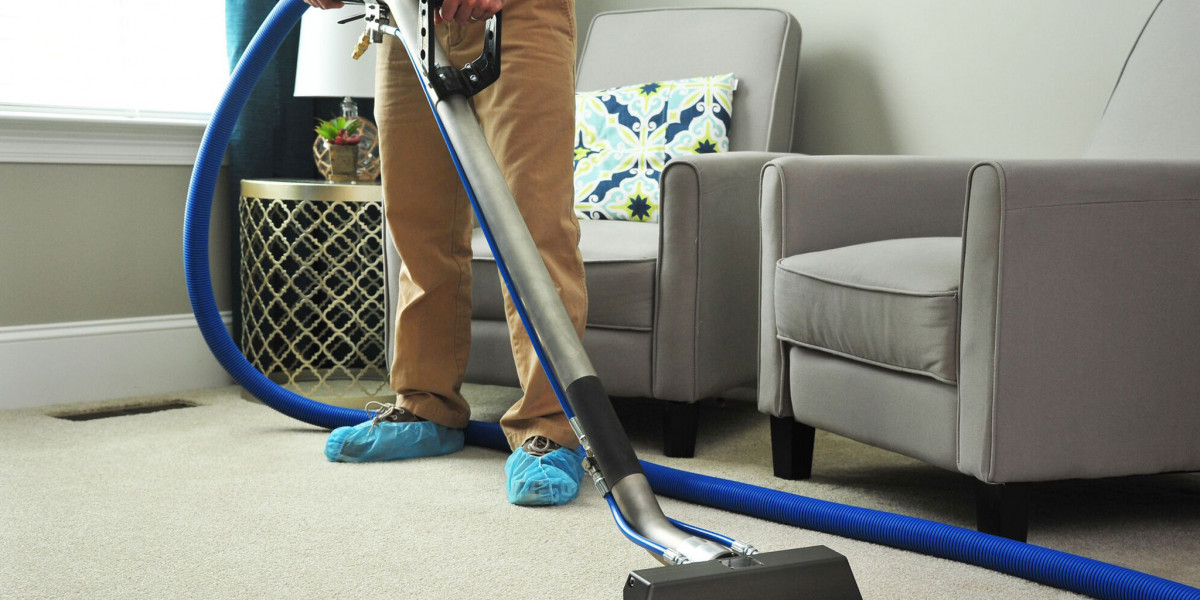The medical device industry in India is rapidly growing, offering new opportunities for businesses and healthcare providers. However, before bringing a medical device to market, it is mandatory to comply with the Medical Device Rules set by the Central Drugs Standard Control Organization (CDSCO). Medical device registration is a crucial step to ensure that products meet safety and quality standards.
This guide will help you understand the process, requirements, and benefits of medical device registration in India. Whether you are a manufacturer, importer, or distributor, having a clear roadmap can save you from costly delays and compliance issues.
Why Medical Device Registration is Important
Medical devices directly impact human health. A small error or lack of compliance can lead to serious risks for patients. To avoid such issues, the Indian government has made medical device registration mandatory for certain categories of devices.
Some key reasons why this process is important include:
- Ensures product safety and quality compliance
- Builds trust with healthcare providers and patients
- Provides a legal framework for manufacturers and importers
- Protects businesses from penalties and regulatory actions
- Helps in gaining international recognition and credibility
In short, without proper registration, businesses cannot sell or distribute medical devices in India.
Who Needs to Register Medical Devices?
Medical device registration is required for:
Manufacturers producing medical devices within India.
Importers bringing medical devices from foreign countries.
Distributors or sellers dealing in registered medical devices.
The process differs slightly depending on whether you are manufacturing locally or importing. Importers need additional approvals such as an Import License, while domestic manufacturers must follow specific plant and process compliance.
Categories of Medical Devices
Not all medical devices fall under the same regulatory requirements. CDSCO has classified devices into four categories based on risk levels:
Class A (Low Risk): Surgical dressings, tongue depressors, thermometers.
Class B (Low to Moderate Risk): Needles, suction equipment, centrifuges.
Class C (Moderate to High Risk): Blood pressure monitors, ventilators.
Class D (High Risk): Heart valves, pacemakers, defibrillators.
The higher the risk, the stricter the approval and registration process.
Step-by-Step Process of Medical Device Registration
Step 1: Determine the Device Classification
The first step is to identify the correct class of your device under CDSCO guidelines. Misclassification can lead to rejection, so it is essential to get this right.
Step 2: Appoint an Authorized Indian Agent (for Importers)
Foreign manufacturers must appoint an Indian agent to act as a liaison with CDSCO. This agent is responsible for submitting documents and communicating with authorities.
Step 3: Prepare Documentation
Some common documents required include:
- Device master file
- Plant master file
- ISO 13485 certificate (quality management system)
- Free sale certificate from the country of origin (for imports)
- Performance evaluation report (if applicable)
Step 4: Submit Application via SUGAM Portal
All applications must be filed online through the CDSCO’s SUGAM portal. This platform allows applicants to track the status of their registration.
Step 5: Review and Approval by CDSCO
The CDSCO evaluates the submitted documents and may ask for clarifications. Depending on the class of the device, the approval timeline may vary.
Step 6: Obtain Registration Certificate
Once approved, you will receive a registration certificate. This allows you to legally manufacture, import, and distribute your medical device in India.
Timeline and Fees for Medical Device Registration
The time required for approval depends on the device class:
Class A & B devices: 3 to 6 months
Class C & D devices: 6 to 9 months
Registration fees also vary depending on whether the applicant is a manufacturer or importer, and on the device category. Importers often pay higher fees due to additional licensing requirements.
Common Challenges in Medical Device Registration
Many businesses face challenges during registration, including:
- Confusion in device classification
- Incomplete documentation
- Delays in regulatory communication
- Lack of knowledge about CDSCO guidelines
- Difficulty for foreign manufacturers in managing compliance remotely
Working with experts or consultants can help overcome these hurdles and ensure faster approval.
Benefits of Medical Device Registration
Apart from meeting regulatory requirements, medical device registration offers long-term business benefits:
Market Access: Registered devices can be legally sold across India.
Credibility: Builds trust among hospitals, doctors, and patients.
International Recognition: Helps in meeting global compliance standards.
Business Growth: Opens doors for government tenders and institutional sales.
For manufacturers and importers, registration is not just a legal obligation but also a strategic business advantage.
Tips for a Smooth Registration Process
- Start documentation early and double-check all requirements.
- Keep your ISO and quality certifications updated.
- Use the SUGAM portal actively to track applications.
- Hire a reliable regulatory consultant if needed.
- Ensure your authorized agent (for imports) is experienced in dealing with CDSCO.
Conclusion
Medical device registration in India is a mandatory step for businesses aiming to sell or import medical devices. The process may seem complex, but with the right preparation and guidance, it can be completed efficiently. Compliance not only ensures patient safety but also boosts business credibility and growth opportunities.
If you are planning to register your medical device, start early and work with professionals who understand CDSCO requirements. A proactive approach will save time, reduce errors, and help you enter the Indian market with confidence.













